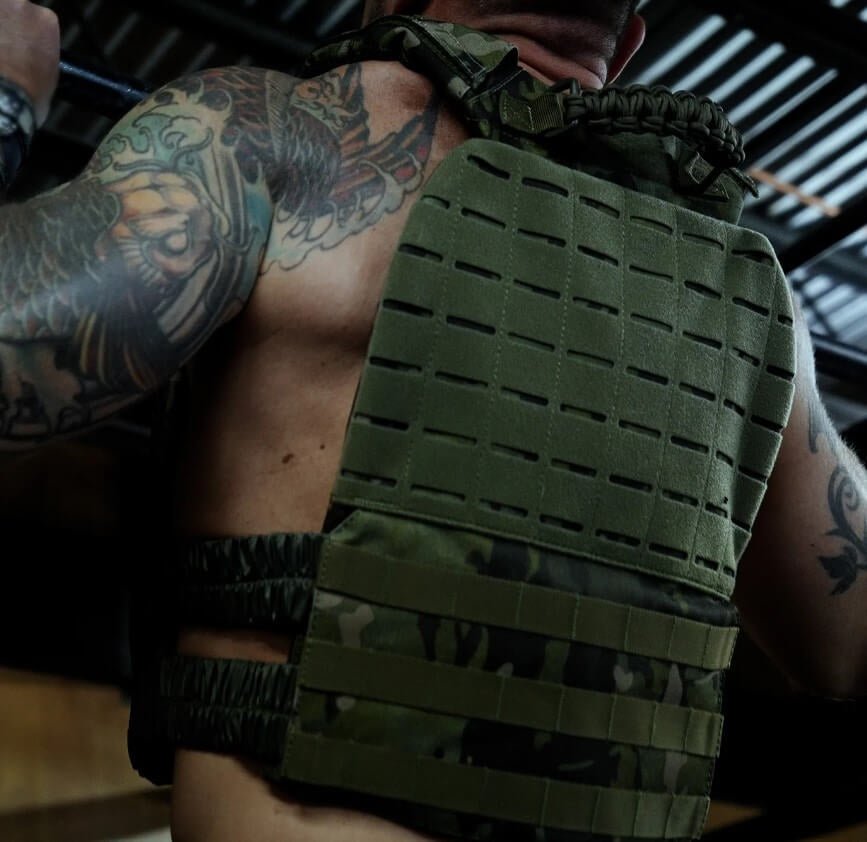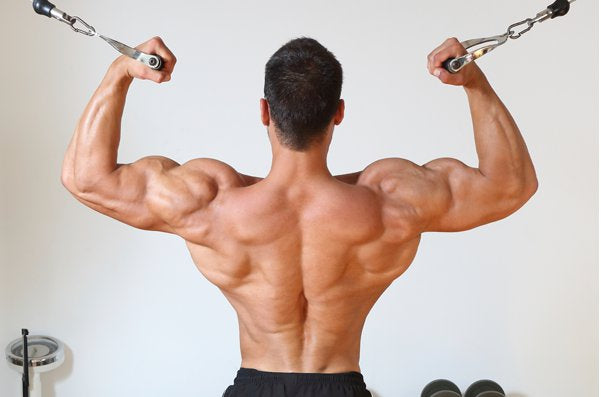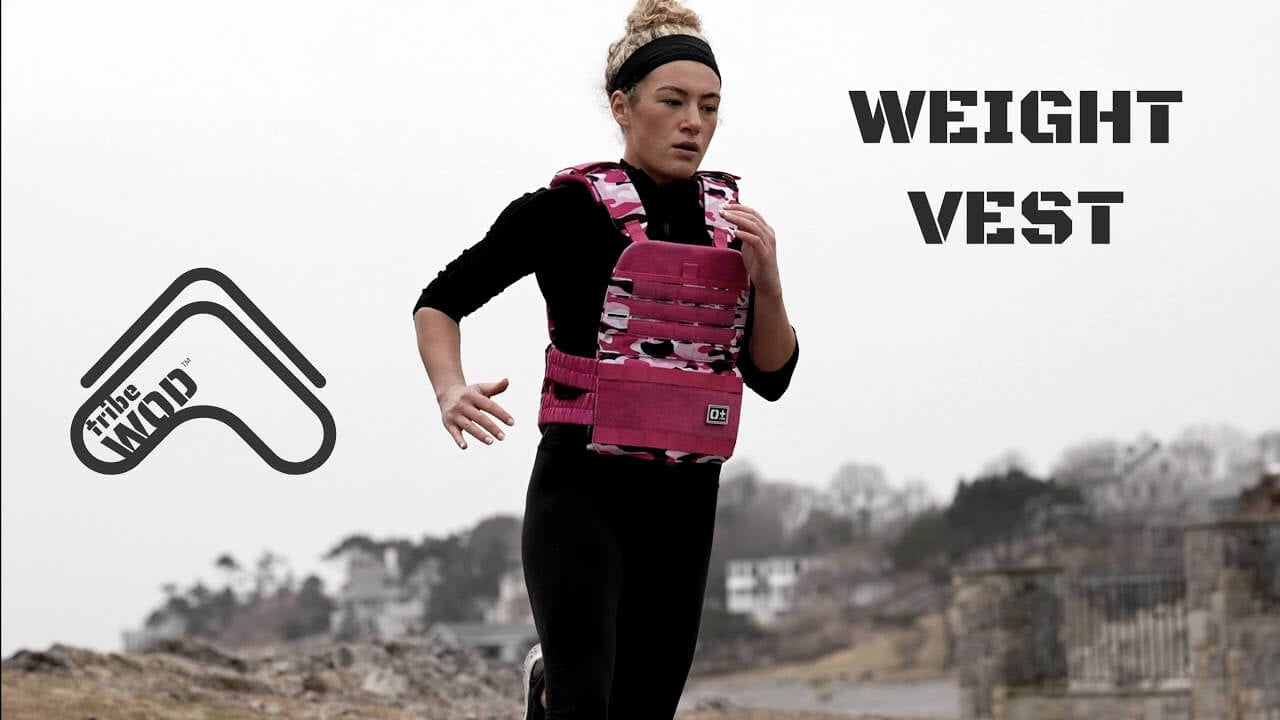In the realm of fitness and muscle building, enthusiasts are always on the lookout for innovative ways to achieve their goals. One such method that has gained popularity in recent years is the practice of walking with a weighted vest. This seemingly straightforward exercise has piqued the curiosity of fitness enthusiasts and has prompted questions about its efficacy in building muscle. In this comprehensive article, we will delve deep into the science behind muscle growth, the intricate dynamics of weighted vest walking, and whether this exercise can genuinely be a potent tool in your quest for muscle development.
Let’s Understand The Muscle Growth
Muscle growth, scientifically termed hypertrophy, is a multifaceted process intricately connected with the physiology of our muscle fibers. It's not just about getting bigger muscles; it's about making these muscles stronger, more resilient, and better equipped to handle physical demands.
At the cellular level, muscle growth primarily occurs through an increase in the size and number of myofibrils within muscle fibers. Myofibrils are the contractile units of muscle cells, composed of actin and myosin filaments that slide past each other to produce muscle contractions.
What is a Weighted Vest?
Before delving into the intricacies of muscle development, it's important to understand the basic premise behind using a weighted vest for exercise. Weighted vests are versatile pieces of fitness equipment that allow individuals to introduce additional resistance into various workouts, including walking. These vests are typically designed with pockets or compartments to hold weight plates, sandbags, or other weighted materials.
The fundamental concept behind incorporating a weighted vest into your workout routine is to elevate the intensity of your exercises by adding extra load to your body. This added resistance forces your muscles to work harder, potentially leading to greater muscle engagement and subsequent growth.
Benefits of Walking with a Weighted Vest
Walking with a weighted vest offers a multitude of benefits for those looking to enhance their fitness regimen. Firstly, it dramatically amplifies the calorie-burning potential of your walks. Numerous studies have demonstrated that walking with added weight can elevate calorie expenditure by as much as 12% compared to regular walking.
Furthermore, this exercise can substantially enhance cardiovascular fitness. The heart must work more strenuously to pump blood against the additional resistance, which can lead to improved cardiovascular health. Additionally, walking with a weighted vest can stimulate bone growth and density, making it a potentially valuable exercise for overall health and well-being.
Muscle Engagement During Weighted Walking
Walking with a weighted vest engages a diverse range of muscle groups throughout the body. The presence of added resistance increases the workload on these muscles, particularly in areas such as the legs, core, and back. This enhanced workload can lead to greater muscle activation and stimulation during your walking sessions.
Understanding the specific muscles involved and their dynamic role during weighted walking is crucial. The quadriceps, located in the front of the thigh, play a pivotal role in extending the knee joint and propelling you forward with each step. The hamstrings, found at the back of the thigh, work to flex the knee and assist in hip extension, offering balance to the quadriceps.
The glutes, which encompass the gluteus maximus, medius, and minimus, are heavily involved in both hip extension and stabilization. They help you maintain an upright posture during weighted walking. The muscles of the core, including the rectus abdominis and obliques, stabilize your torso as you move with the added load, aiding in balance and posture maintenance.
Let’s Understand the Muscle Building Mechanisms
Muscle growth, or hypertrophy, is stimulated when your muscles are exposed to resistance and stress. When you incorporate a weighted vest into your walking routine, you are essentially adding an extra challenge for your muscles. This challenge can result in the formation of microtears within muscle fibers.
As these microtears are repaired, the muscle fibers grow in size and strength, a process driven by protein synthesis. This is where the concept of progressive overload comes into play. Progressive overload involves gradually increasing the resistance or intensity of your workouts over time to continually challenge your muscles. Using a weighted vest during walking is one way to achieve this progressive overload and potentially stimulate muscle growth.
Research Studies and Evidence About Muscles Building with Weighted Vests
Scientific research has provided valuable insights into the effects of walking with a weighted vest on muscle development. For example, a study conducted by Jones et al. in 2011, titled "Effects of Weighted Vest Walking on Body Composition, Muscle Strength, and Physical Function in Advanced Non-Small-Cell Lung Cancer Patients," found that weighted vest walking could lead to improvements in muscle strength.
Another study by Marsh et al. in 2017, titled "The Impact of a Weighted Vest on Preferred Walking Speed and Muscular Endurance in Older Women," discovered that incorporating a weighted vest during walking could enhance muscular endurance, particularly in older individuals.
However, it's essential to acknowledge that the results of such studies may vary depending on several factors, including the weight of the vest, the duration and consistency of use, and the individual's fitness levels and goals.
Considerations and Safety
While walking with a weighted vest holds the potential for various benefits, it's not without its risks. The added load places increased stress on your joints, particularly in the knees and hips. To mitigate the risk of injury, it's crucial to choose an appropriate weight for your vest, ensuring that it is challenging but manageable. Maintaining proper form during exercise is equally vital to reduce the risk of musculoskeletal strain or injury.
Prior to embarking on a weighted vest walking program, consulting with a fitness professional or physical therapist is strongly advised, especially if you have underlying health concerns or preexisting joint issues.
Alternative Methods for Muscle Building
While walking with a weighted vest can indeed engage muscles and contribute to muscle growth, it may not be the most efficient method for everyone. Alternative forms of resistance training, such as weightlifting, bodyweight exercises, or the use of resistance training machines, are more specifically tailored to muscle building and may yield faster and more substantial results.
Fitness experts like Jeff Nippard emphasize the effectiveness of these alternative methods for hypertrophy, emphasizing the importance of progressively overloading the muscles through resistance training.
The choice of exercise method ultimately depends on your fitness goals, personal preferences, and individual circumstances.
Conclusion
In conclusion, walking with a weighted vest is a valuable addition to your fitness routine if used judiciously and in consideration of safety precautions. While it may not represent the most efficient method for muscle building, it offers a wide array of benefits, including heightened calorie expenditure, enhanced cardiovascular fitness, and improved bone density.
The effectiveness of walking with a weighted vest in facilitating muscle growth hinges on numerous factors, encompassing the weight of the vest, the frequency and duration of its use, and individualised fitness levels. It represents one tool among many in the fitness repertoire, and its suitability should be evaluated within the broader context of your fitness objectives.
Before implementing a weighted vest into your regimen, it is imperative to seek guidance from fitness professionals or medical experts










